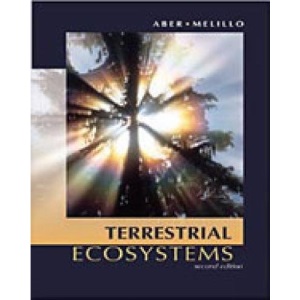
by JerryM.Melillo (Author), JohnAber (Author)
Covering the complexities and interconnected nature of the world, as well as the impact of mankind on the environment, this interdisciplinary book presents a holistic view of ecosystem function and is designed to help students understand and predict the environmental future of the Earth. The authors provide a complete view of the environment--from the Taiga Forests of interior Alaska to the desert plains of the Serengeti. While retaining the previous edition's basic four-part structure, the authors have reviewed every topic (and consulted the recent literature in each case) in order to present the most complete and accurate picture of the state of ecosystem studies today.
Format: Hardcover
Pages: 556
Edition: 2nd Revised edition
Publisher: Brooks/Cole
Published: 08 Apr 2001
ISBN 10: 0120417553
ISBN 13: 9780120417551